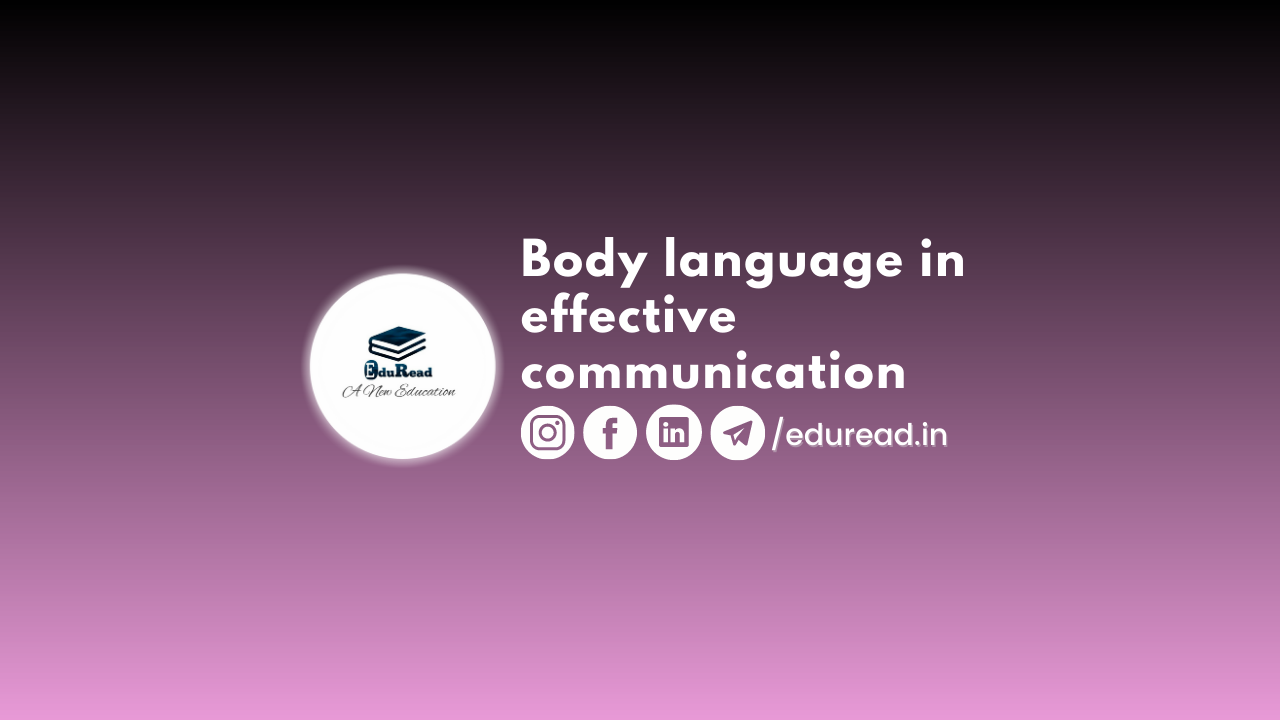Effective communication involves not only the words we speak but also the body language we use. Body language can convey messages that words alone cannot. In this blog post, we’ll discuss the importance of body language in effective communication and provide tips for using it effectively.
Section 1: Understanding Body Language in Effective Communication
Body language includes facial expressions, gestures, posture, and eye contact. It can convey emotions, attitudes, and intentions. For example, a smile can indicate happiness or friendliness, while crossed arms can indicate defensiveness or hostility.
Effective communication involves using body language that supports the message being conveyed. Inconsistent body language can undermine the message and lead to confusion or mistrust.
Section 2: The Importance of Eye Contact
Eye contact is an important aspect of body language in effective communication. It conveys confidence, interest, and respect. When speaking to someone, it’s important to maintain eye contact to show that you are engaged in the conversation.
However, too much eye contact can be intimidating, while too little can be interpreted as disinterest or dishonesty. Finding the right balance is key to using eye contact effectively.
Section 3: Using Facial Expressions to Convey Emotions
Facial expressions are another important aspect of body language in effective communication. They can convey a wide range of emotions, from happiness and excitement to sadness and anger.
Using appropriate facial expressions can help to reinforce the message being conveyed. For example, a smile can indicate agreement or approval, while a frown can indicate disagreement or disapproval.
Section 4: Using Gestures to Emphasize Key Points
Gestures are another important aspect of body language in effective communication. They can be used to emphasize key points or to clarify a message.
However, gestures should be used sparingly and appropriately. Overuse of gestures can be distracting or even offensive, while inappropriate gestures can be misinterpreted or offensive.
Section 5: Posture and Body Position in Effective Communication
Posture and body position are also important aspects of body language in effective communication. Standing or sitting up straight can convey confidence and professionalism, while slouching can convey disinterest or apathy.
Body position can also convey a message. For example, leaning forward can indicate interest or engagement, while leaning back can indicate disinterest or boredom.
Section 6: Nonverbal Communication and Cultural Differences
It’s important to note that nonverbal communication can vary across cultures. Gestures or facial expressions that are acceptable in one culture may be offensive or inappropriate in another.
When communicating with people from different cultures, it’s important to be aware of these differences and to adapt your body language accordingly.
Section 7: Tips for Using Body Language Effectively
- Be aware of your body language and the message it conveys.
- Use eye contact to show engagement and interest.
- Use appropriate facial expressions to convey emotions.
- Use gestures sparingly and appropriately.
- Maintain good posture and body position.
- Adapt your body language to the cultural context.
- Practice using body language in different situations to become more comfortable and effective.
Conclusion
In conclusion, body language is a critical aspect of effective communication. It can convey emotions, attitudes, and intentions that words alone cannot. By understanding and using body language effectively, we can reinforce the message being conveyed and build stronger relationships with those around us.
Follow Us for more such content to improve your speaking skills:
To know more, check out here: https://eduread.in/using-do-does-did-correctly-speak-new-york/
And visit us for more.

